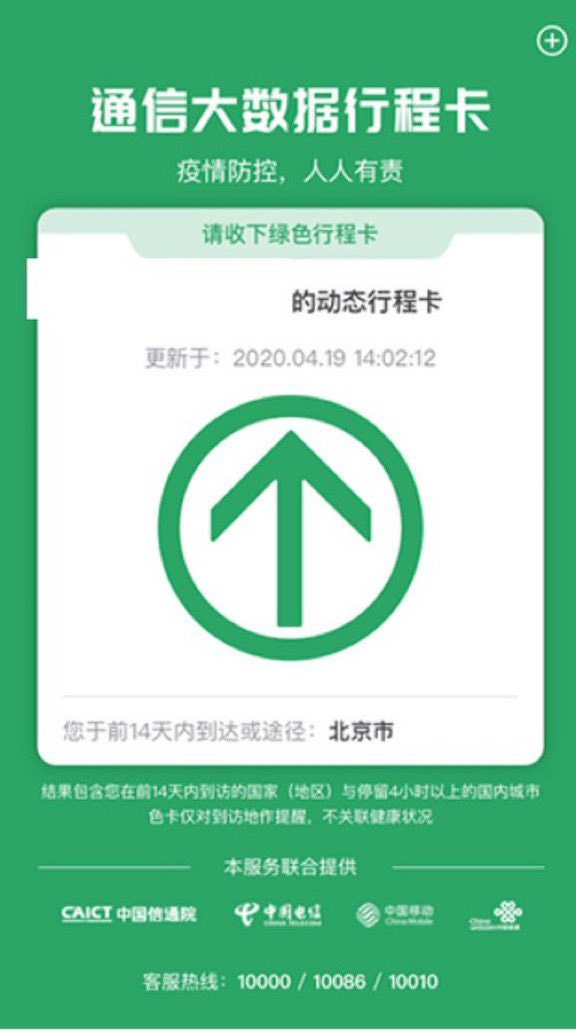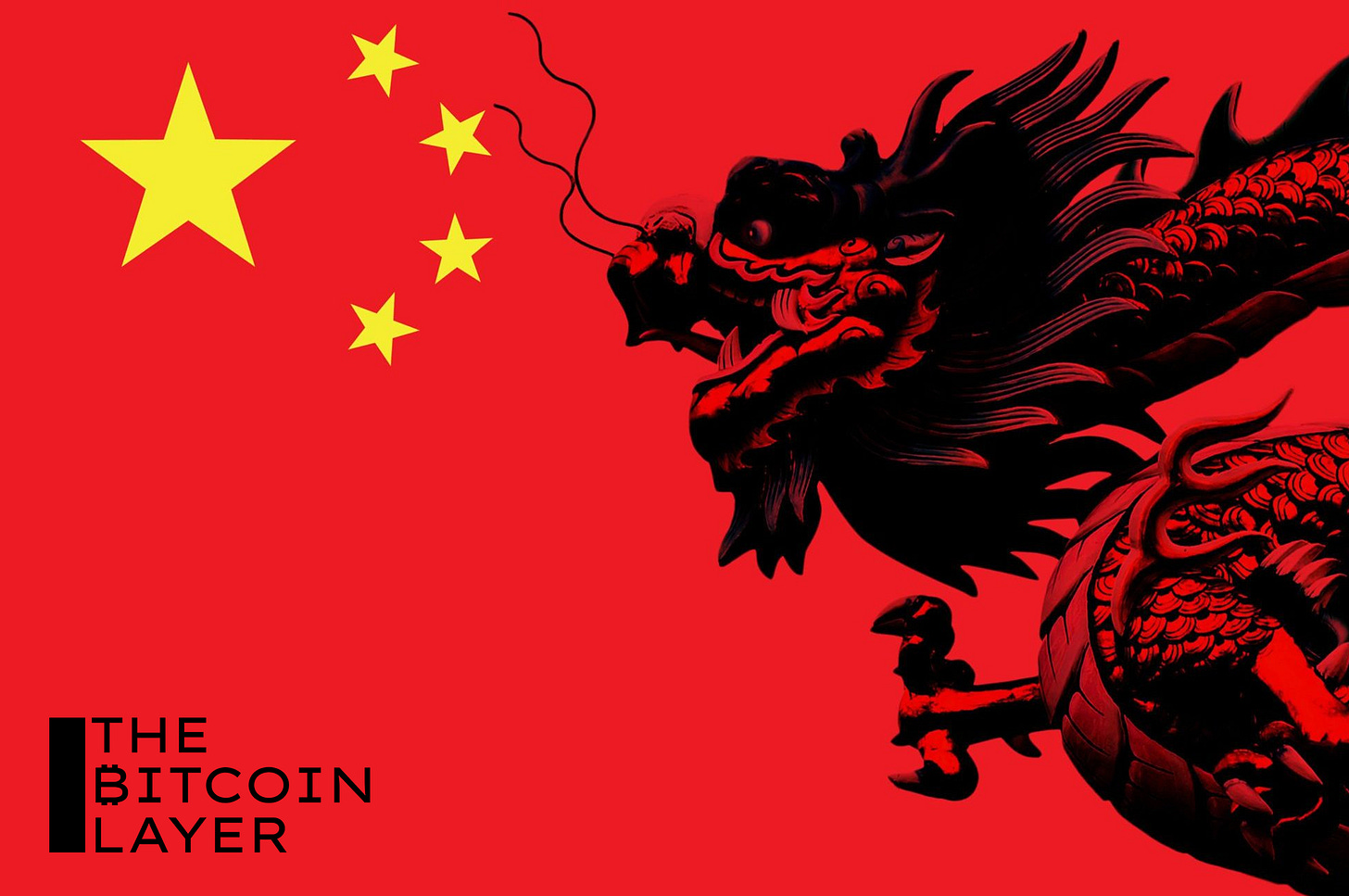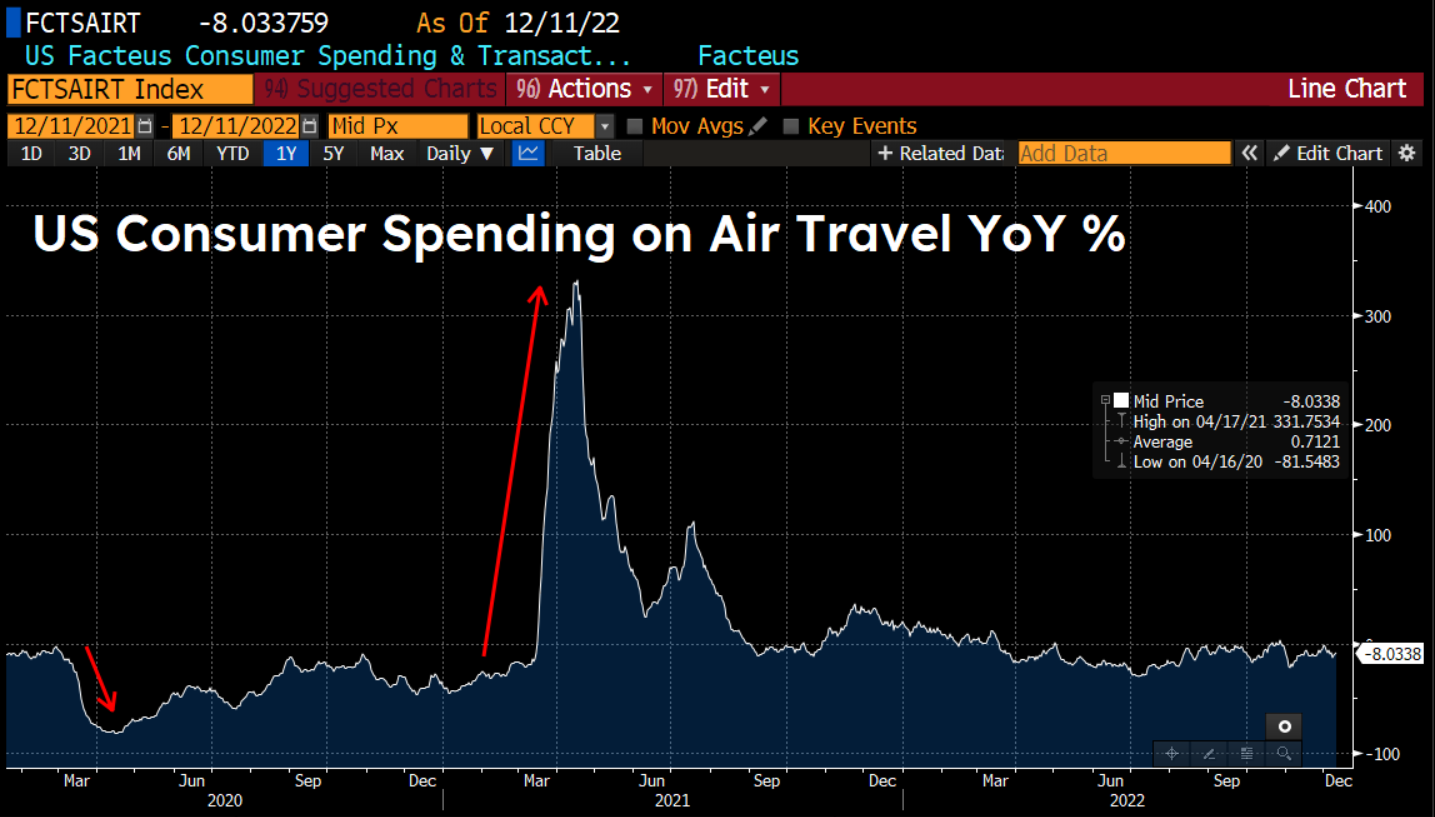SBF Cuffed, China Reopening, Implications for Global Growth & Inflation
"Reopening" or reopening? The CCP plans to relax stringent COVID measures, but the overall outlook there is bleak.
Dear readers,
Civil unrest has once again swept across China in a coordinated manner and scale not seen since the student-led protests that culminated in Tiananmen Square in 1989. This time, the CCP has decided to gradually give the people what they want: phasing out the stringent and inhumane zero-COVID policy that has kept citizens sequestered in their homes for over three years now.
Today we analyze the CCP’s purported changes to the zero-COVID policy, the likelihood and timeline of a China reopening, and the impact it will have on global growth and inflation. Oh, and somebody got arrested.
Today’s Topics
Scam Bankman-Fraud has been arrested in The Bahamas, finally.
The CCP’s plan to gradually relax its zero-COVID policy.
A downtrodden consumer, poor growth outlook, and aging demographics paint a dreary picture for China.
It’s unlikely for now that China’s eventual reopening will exacerbate already-elevated domestic price inflation.
Ladies and gentlemen, we got him
Sam Bankman-Fried was arrested yesterday by Bahamian police on order of the US government:

The charges are wide sweeping, including eight counts of fraud, conspiracy, campaign finance law violations and money laundering. He faces a Bernie Madoff-sized hurdle ahead, and the revelations of any trial will be stunning and terminal for a large swath of the leveraged crypto industry. No yuletide caroling for Sam and friends this year.
The end (?) of zero-COVID in China
Following outspoken and violent unrest from the Chinese people about its zero-COVID policy, the tide may finally be turning as the CCP sets the stage for a gradual reopening of the economy.
At the risk of being banned from polite society, people collectively rose up and demanded that the CCP rescind its policy. There’s a limit beyond which you cannot push the Chinese people—the CCP was and still is on that precipice, and reopening was the only option that did not involve unrest turning into upheaval.
There have been several stop-and-start reopenings relegated to specific regions of China, followed by immediate lockdowns as soon as cases sprang up. Though this time, given the level of political unrest which threatens Xi and the CCP’s ability to govern, this is less of a “reopening” and more of a reopening. After three years of the failed method of containing the virus, China is slated to begin relaxing some of the stricter parts of its zero-COVID policy. Take a look at the gradual relaxation of guidelines over the latter half of this year:
One first-order effect that will support global growth is the spending frenzy of that excess cash saved during totalitarian lockdowns. Pent-up Chinese consumer demand coming back onto an already supply-constrained market should be a net positive for growth and inflation.
Take travel demand, for instance. China is reportedly relaxing or phasing out a mandatory tracking code that restricted travel for Chinese citizens:



As an example of what reopening a country to travel looks like, here’s the United States consumer spending on air travel. It fell by 81% as COVID began, before soaring to a high of 331% year-over-year as consumers took their excess savings and exchanged their involuntary captivity for plane tickets:
Equity traders are also presumably betting on a reopening to be met with a strong eager-to-spend Chinese consumer. The non-essential consumer discretionary index in China has rallied hard since mid-October:
In sharp disagreement with these equity traders, China’s consumers aren’t very confident in the economy:
Why is this? Why hasn’t China’s Consumer Confidence Index risen in conjunction with consumers brimming with excess savings and ready to spend?










